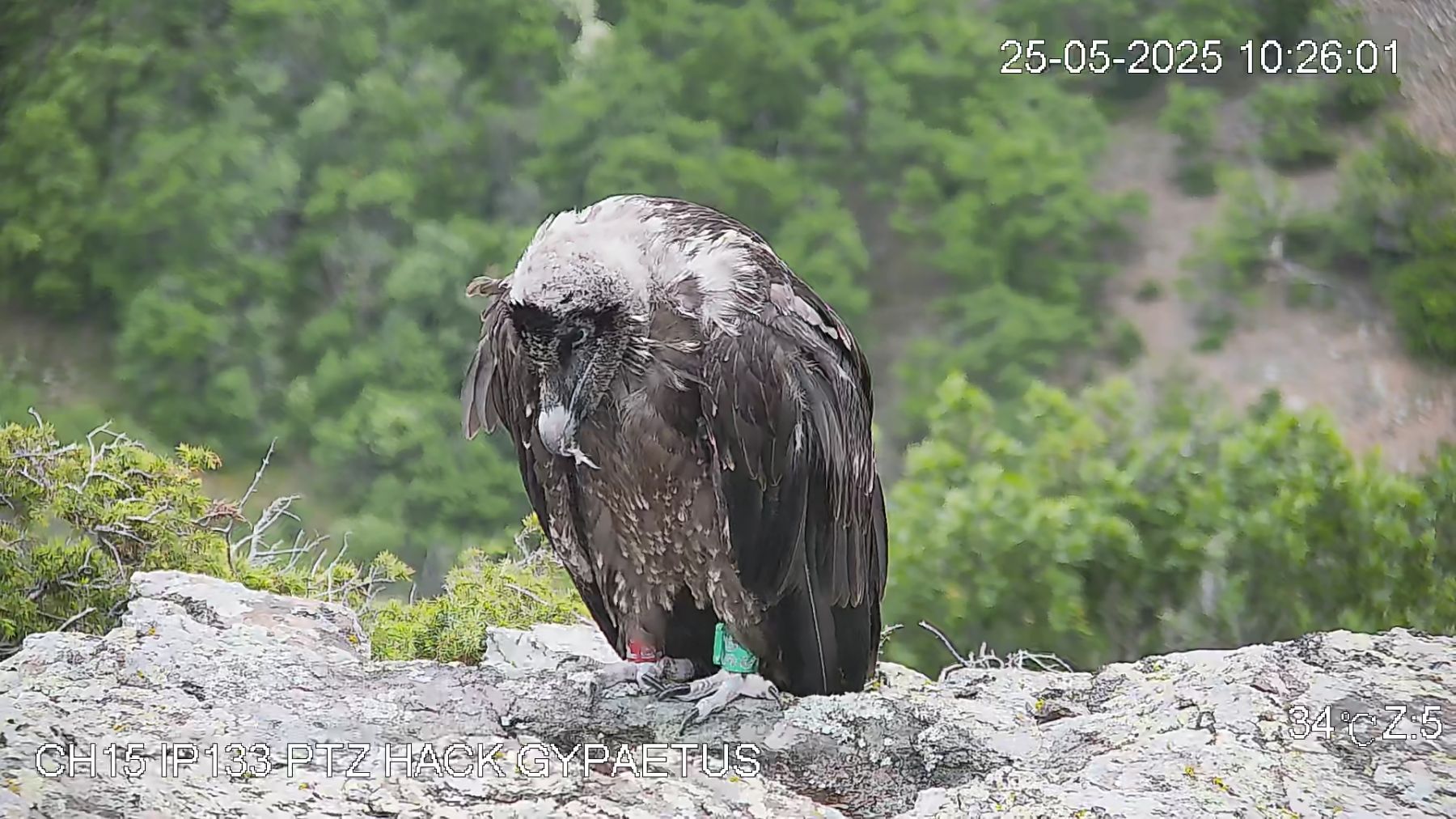We have recently published evidence about the natural mortality of an Egyptian vulture after an interaction with another raptor in Portugal – now news came from France that a fight between three bearded vultures resulted in the death of one of them.
The incident happened in Bessans, Haute-Maurienne, in the National Parc Vanoise, in the end of March. An intruder into one of the territorial pairs was challenged midair by the resident pair. One of the birds was later found dead by the rangers – close examination of its feathers, and comparison with photos from the birds in the area, led to the conclusion that the dead bird was the intruder. However, breeding failed there, probably because of this natural interaction.
The species is increasing rapidly in the Alps – only yesterday we released the news that there are at least 45 pairs of this species in the Alps, from zero 30 years ago. It is then normal that territorial interactions increase, as the mountain chain start to be populated, but mortal incidents like the one here are seldom reported.
There are 5 pairs inside the Vanoise National Park, and all of them laid eggs this year, the first time this has happened. Two of these failed, while in at least two there are young. These +pairs are within the area of intervention of our project LIFE GYPHELP, in which the VCF is a partner, and which aims to minimise the main threats to the populations of bearded vultures in the French alps, namely the collisions against cables, intoxication/poisoning (particularly lead poisoning), and disturbance of the breeding sites by human activities
The fight was witnessed by a local birdwatcher, Denis Attinault: “I saw three bearded vultures fighting in the sky. I then saw two of them fall into the ground. Only one of them reappeared after a few minutes. I went to investigate and did not find the other bird but I called the Parc to inform them”.
The dead bearded vulture was not ringed, and is probably wild born. Samples from feathers and also from organs have been taken, to measure potential lead poisoning levels, as well as to do genetic analysis to try to get its identity – the VCF keeps a database on most bearded vultures in the alps based on genetic analyses of feathers collected under wild nests.
You can see further coverage of this here (in French):
Photos: Denis Attinault & PN Vanoise



